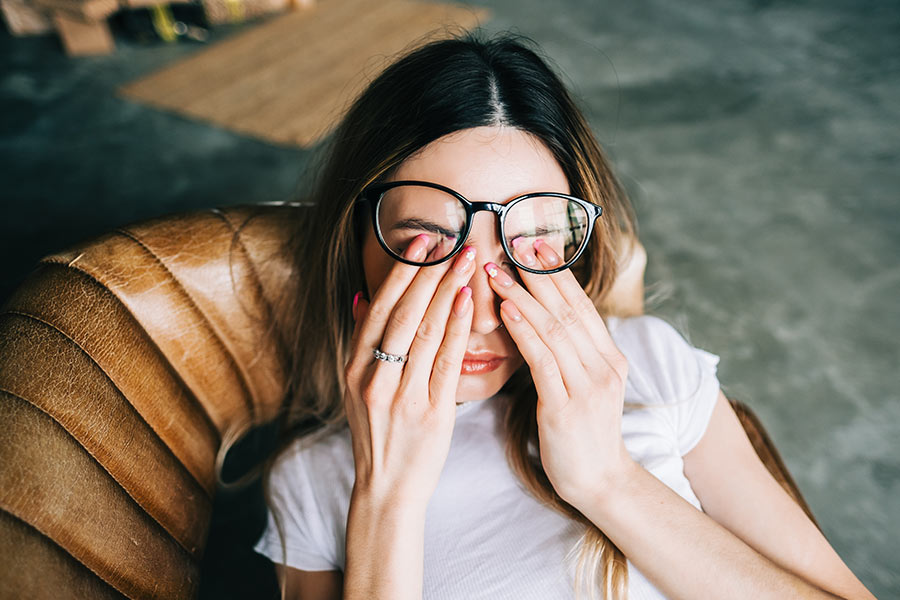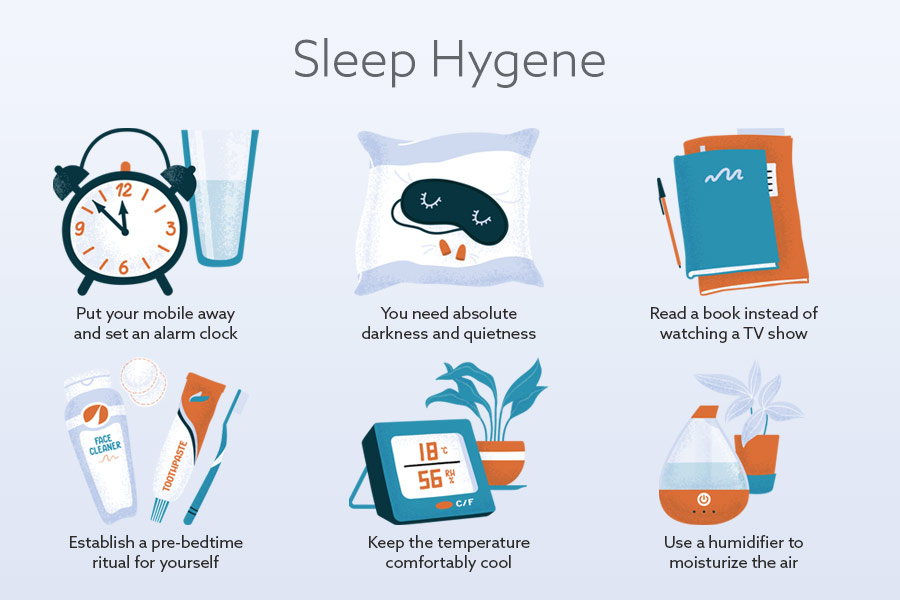
Obstructive Sleep Apnea (OSA) is often seen as a man’s disease — but this outdated perception is leaving countless women undiagnosed, untreated, and unheard. In The Sexism in Sleep Apnea Diagnostic Pathways, journalist Sree Roy sheds light on how current screening tools, diagnostic protocols, and treatment approaches fall short for women.
From initial screenings to home sleep tests, the system was largely built around male-centric data. Many screeners — like the Epworth Sleepiness Scale — undervalue key symptoms more common in women, such as insomnia, fatigue, and fragmented sleep. Some tools even award diagnostic points simply for being male. As a result, women with clear symptoms often face delays, misdiagnoses, or are told they don’t meet the criteria for further testing.
Even when testing is done, one-size-fits-all approaches don’t account for physiological differences. Home sleep tests may miss hypopneas or arousals more common in women, and in-lab studies often overlook subtle signs like flow-limited breathing unless physicians dig deeper into raw data. Hormonal fluctuations—such as those tied to menstrual cycles or menopause — can also influence test outcomes but are rarely considered.
Roy’s article also highlights the need to move beyond the misleading label of “mild OSA” — especially for women who report significant symptoms but receive little support because their apnea index falls just below treatment thresholds. Research shows these women often respond well to CPAP therapy, yet many never get the chance due to gaps in primary care referrals and limited awareness among providers.
To fix the system, sleep medicine must adopt more inclusive screening criteria, use more sensitive testing protocols, and educate both primary care providers and patients about how OSA can present differently in women. Multi-night testing, a broader symptom checklist, and the use of AASM-recommended scoring methods are just a few of the proposed solutions.
Ultimately, as experts stress throughout the article: women are not just small men. It’s time the sleep medicine community treated them as such.




